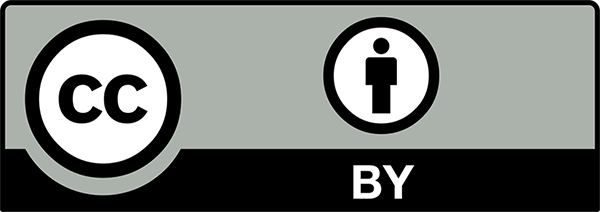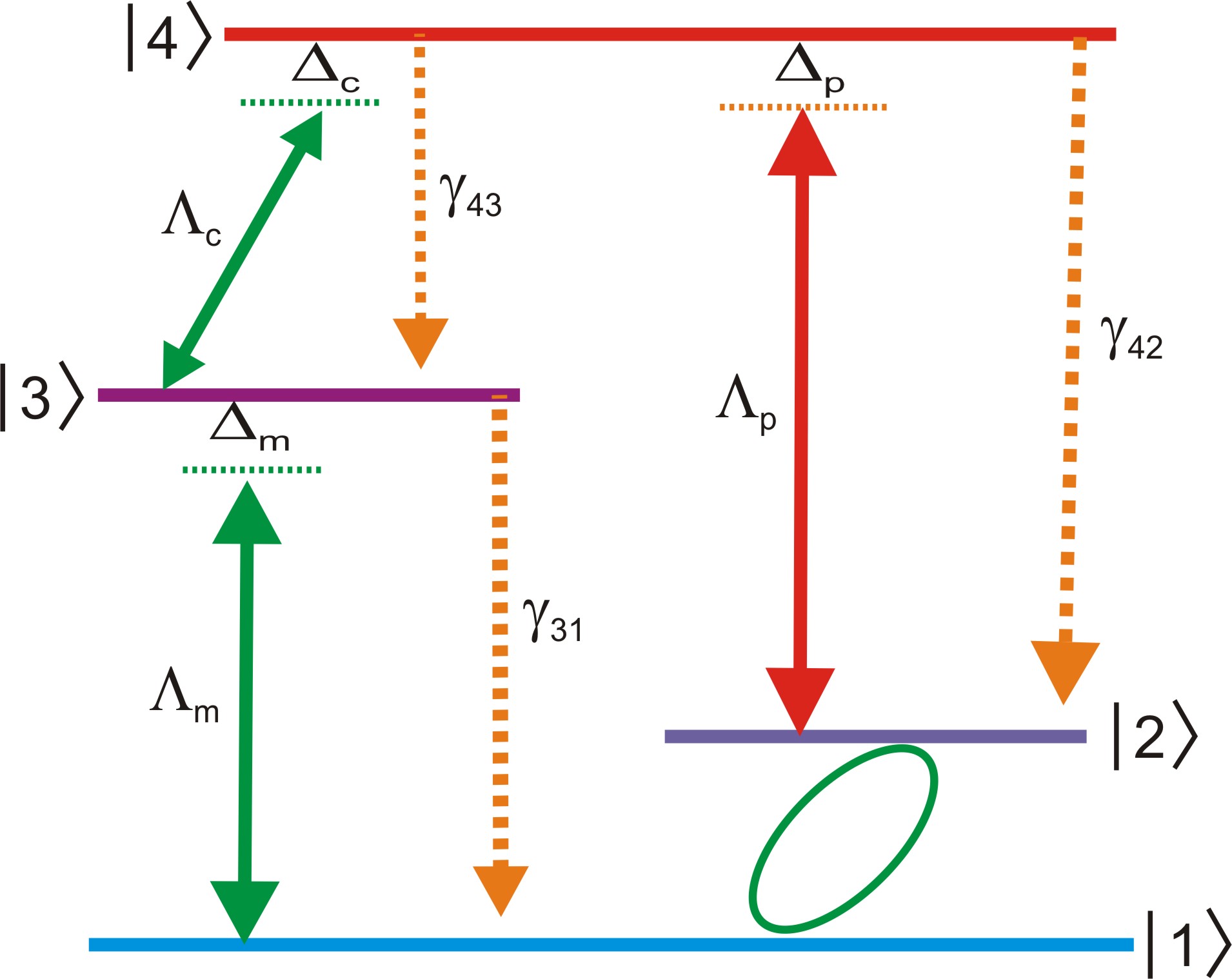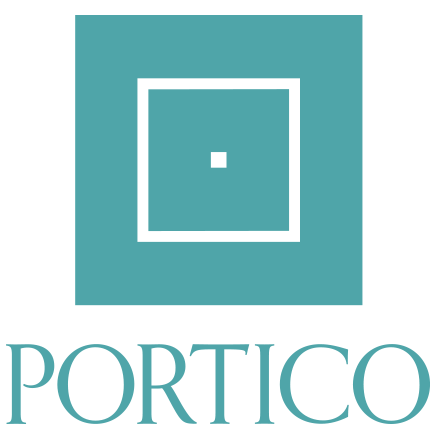Abstract
Quantum–based models are used to improve the Internet of Things (IoT) ecosystems' efficiency, storage capacity, processing speed, and security. These models investigate quantum effects such as subluminality/superluminality, time delay, and phase shifting to achieve the mentioned goals. Mostly, these models use achiral atomic media that deal with the light beam in a straight path and fail to provide the most needed properties of efficient decision-making, optical routing, control of polarization, and enhanced security. In order to make up for these deficiencies, an investigation into the propagation of a light beam through a chiral atomic medium has been carried out. A decision-making and optical routing system that is efficient for quantum-based IoT devices is provided by the light beam being split into left and right circularly polarized light. The maximum possible values of the group indices are scaled up to n(pm)g = pm1000 in this exercise. This is equivalent to having group velocities of v(pm)g = pmc/1000. The Left-Handed Circularly Polarized Light (LCP) and Right-Handed Circularly Polarized Light (RCP) beams show subluminal propagation when the value of group velocity v(pm)g = +c/1000 is positive, while the value of velocity v(pm)g = −c/1000 indicates superluminal propagation, which increases the data transfer speed in the IoT. The maximum phase shifts in RCP and LCP beams are measured to ±105 Micro-radian and group phase shifts are measured to ±105 micro-radian, used to enhance the security of IoT as well as minimize losses. In the chiral medium, the highest fractional change that can be detected in group indices, group delay time, and group phase shifts of LCP and RCP beams is pm10 = pm1000.
Data Availability Statement
Data will be made available on request.
Funding
This work was supported without any funding.
Conflicts of Interest
The authors declare no conflicts of interest.
Ethical Approval and Consent to Participate
Not applicable.
Cite This Article
APA Style
Hussain, S., & Ullah, S. S. (2025). Quantum-Based Optical Pulse Control and Phase Shifts in Chiral Media for IoT Applications. Journal of Quantum Cryptography, 1(1), 5–13. https://doi.org/10.62762/JQC.2025.506482
Publisher's Note
ICCK stays neutral with regard to jurisdictional claims in published maps and institutional affiliations.
Rights and Permissions

Copyright © 2025 by the Author(s). Published by Institute of Central Computation and Knowledge. This article is an open access article distributed under the terms and conditions of the Creative Commons Attribution (CC BY) license (
https://creativecommons.org/licenses/by/4.0/), which permits use, sharing, adaptation, distribution and reproduction in any medium or format, as long as you give appropriate credit to the original author(s) and the source, provide a link to the Creative Commons licence, and indicate if changes were made.


 Submit Manuscript
Edit a Special Issue
Submit Manuscript
Edit a Special Issue

 Copyright © 2025 by the Author(s). Published by Institute of Central Computation and Knowledge. This article is an open access article distributed under the terms and conditions of the Creative Commons Attribution (CC BY) license (https://creativecommons.org/licenses/by/4.0/), which permits use, sharing, adaptation, distribution and reproduction in any medium or format, as long as you give appropriate credit to the original author(s) and the source, provide a link to the Creative Commons licence, and indicate if changes were made.
Copyright © 2025 by the Author(s). Published by Institute of Central Computation and Knowledge. This article is an open access article distributed under the terms and conditions of the Creative Commons Attribution (CC BY) license (https://creativecommons.org/licenses/by/4.0/), which permits use, sharing, adaptation, distribution and reproduction in any medium or format, as long as you give appropriate credit to the original author(s) and the source, provide a link to the Creative Commons licence, and indicate if changes were made. 